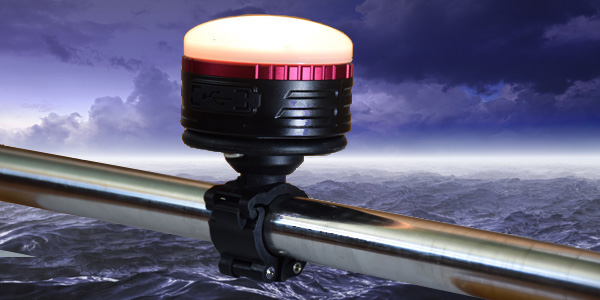I would love to have red cabin lights for sailing at night and white for at anchor. When I took a "Tiger Cruise" on the USS Eisenhower they had switches all over the ship to select white or red, and when it was time there was an announcement on the "1MC" (intercom) that sailors should switch these; anyone who was close to a switch switched it. Similarly, I would like to have a switch to flip from white to red. I thought I would get or make bicolor LED bulbs for all of my light fixtures, and wire a DPDT ON-ON switch to reverse the polarity for red.
Has anyone else thought of this? Has anyone done it? If you've done it, how did you do it, and how did it work out?
Has anyone else thought of this? Has anyone done it? If you've done it, how did you do it, and how did it work out?


